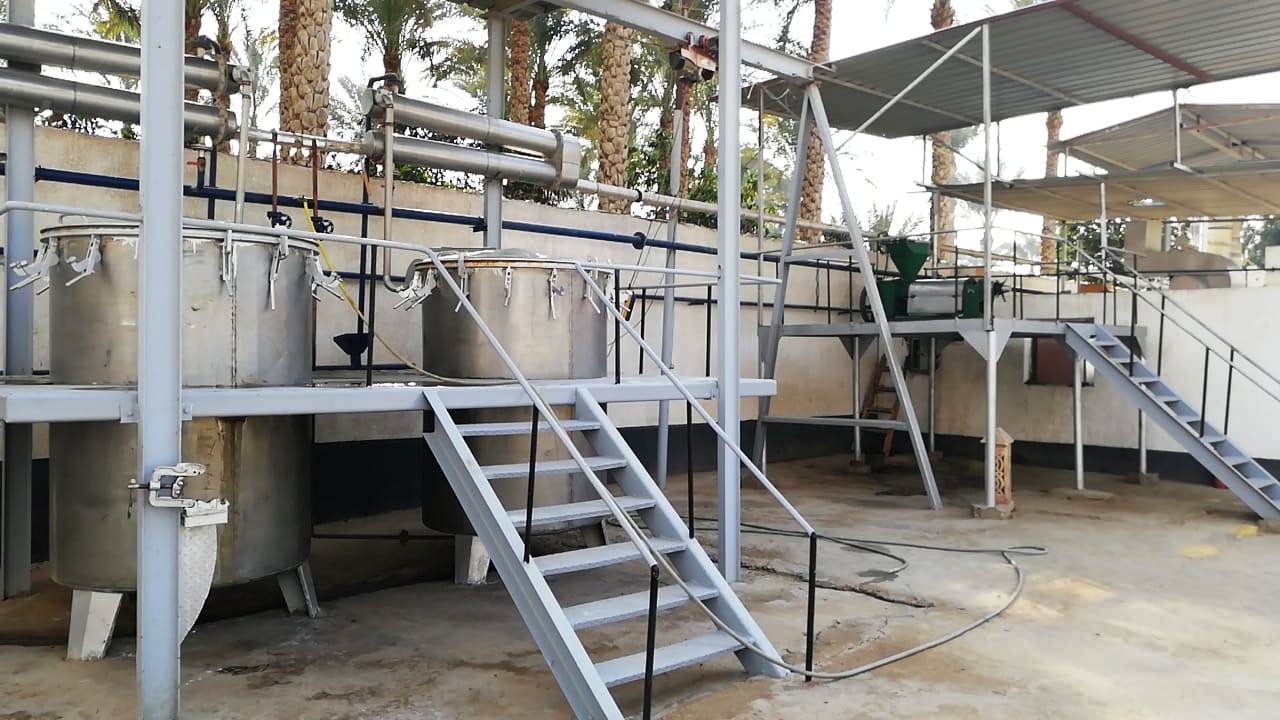Tagette Marigold Tagetes minuta Essential Oil
Login to view prices
Common name: Mexican Marigold
Latin name: Tagetes minuta L.
Family: Asteraceae (Compositae)
Other names: English: Aztec marigold, dwarf marigold, khaki-bush, Mexican marigold, Muster John Henry, stinking-Roger, stinkweed, wild marigold; Spanish: chinchilla enana; Hawai‘I: ‘ōkole‘oi‘oi; Bot. syn.: Tagetes glandulifera Schrank.
The common term “marigold” embraces a diversity of plants with golden flowers, most of which belong to the family Compositae. Prominent among the marigolds are various species of Tagetes.
Botanical Origin:
Common name: Mexican Marigold
Latin name: Tagetes minuta L.
Family: Asteraceae (Compositae)
Other names: English: Aztec marigold, dwarf marigold, khaki-bush, Mexican marigold, Muster John Henry, stinking-Roger, stinkweed, wild marigold; Spanish: chinchilla enana; Hawai‘I: ‘ōkole‘oi‘oi; Bot. syn.: Tagetes glandulifera Schrank.
The common term “marigold” embraces a diversity of plants with golden flowers, most of which belong to the family Compositae. Prominent among the marigolds are various species of Tagetes.
Description:
Tagetes minuta is an erect annual herb reaching 1 to 2 m (Fig. 1). Leaves are slightly glossy green, and are pinnately dissected into 4 to 6 pairs of pinnae. Leaf margins are finely serrate. The undersurface of the leaves bear a number of small, punctate, multicellular glands, orangish in color, which exude a licorice-like aroma when ruptured. Glands may also be found on the stems and involucre bracts. Four or five fused involucre bracts surround each head. There are typically 3 to 5 yellow-orange ray florets, and 10 to 15 yellow-orange disk florets per capitula. The heads are small, 10 to 15 mm long, and including ray florets, 10 to 20 mm in diameter. The heads are borne in a clustered panicle of 20 to 80 capitula. The dark brown achenes are 10 to 12 mm long, with a pappus of 1 to 4 tiny scales and 0 to 2 retrosely serrulate awns which are 1 to 3 mm long.
Range & Habitat:
Tagetes minuta L. is native to the temperate grasslands and montane regions of southern South America, including the countries of Argentina, Chile, Bolivia, Peru, and in the Chaco region of Paraguay. T. minuta is often found growing in disturbed areas during early successional stages. This affinity for disturbed sites has allowed the species to colonize many areas around the world. Since the time of the Spanish Conquest, it has been introduced into Europe, Asia, Africa (Egypt), Madagascar, India, Australia, and Hawaii.
The plant prefers light (sandy), medium (loamy) and heavy (clay) soils, requires well-drained soil and can grow in heavy clay soil. The plant prefers acid, neutral and basic (alkaline) soils. It cannot grow in the shade; require sunny positions. It requires dry or moist soil.
Plants are not very resistant to frosts and need to be grown as half hardy annuals
Planting & Cultivation:
Tagetes minuta grows readily from seed sown directly into the soil once the danger of frost has past. Seed are sown in March in a greenhouse. Only just cover the seed. Germination usually takes place within 2 weeks. When they are large enough to handle, prick the seedlings out and plant them out after the last expected frosts.
Plant height varies with conditions. Single, open grown plants range from 0.5 to 1 m tall, yet when grown in dense stands, a height of 2 m can be reached.
Tagetes minuta thrives in full sun. Competition for sunlight can lead to tall spindly plants with a low biomass. Higher biomass is attained from spacing the plants 1 m apart, and removal of the apical meristem at 30 days to stimulate branching. Meristem removal may be done mechanically.
Removing dead flowers before the seed is formed will extend the flowering season.
Plants are prone to slugs, snails and botrytis.
Harvesting and Preparing for the Market:
Harvest for use as a beverage or condiment is done manually by cutting the main stem at ground level, since the entire above-ground portion of the plant is considered useful. Plants over 1 m have individual branches cut off and dried. The plant material is folded and tied into bundles using twine, grasses, or a pliable branch of T. minuta. The bundles are hung in a dry place, out of direct sunlight, to dry. Commercial hand harvesting is feasible due to low labor rates in South American countries. Since the whole plant is utilized, mechanical harvesting could be a viable option, and is used in essential oil production.
The plant contains an essential oil which can be isolated by steam distillation. In order to obtain the maximum of oil, the plant should be harvested and distilled during the period of maturity (formation of seed), after the full flowering stage.
Yield:
Studies have revealed that on an average 30 to 35 tonnes per hectare biomass and 60 to 75 kg of oil per hectare could be obtained when the crop is harvested at the full blooming stage.
Method of Extraction:
By Steam Distillation. Solvent extraction for concrete or absolute preparation.
Tagetes oil is produced by steam distillation of the flowering tops. It is established that the leaves carry more ketonic compounds, while flowers are rich in ocimene contents. Therefore, the entire biomass is crushed and used to obtain oil.
On an average the leaves and the flowers extract about 0.6 to 0.8 per cent of oil in laboratory scale and around 0.4 per cent in commercial scale distillation.
[1] Source: Simon, J.E., A.F. Chadwick and L.E. Craker. 1984. Herbs: An Indexed Bibliography. 1971-1980. The Scientific Literatureon Selected Herbs, and Aromatic and Medicinal Plants of the TemperateZone. Archon Books, 770 pp., Hamden, CT. The Essential Oils. By Ernest Guenther. 1950
Additional information
| Weight | N/A |
|---|---|
| Dimensions | N/A |
| Oil Purity | 100% Natural & Pure without any chemical, flavor, food additive or carrier. |
| Ship from | Egypt |
| Country of Origin | Egypt |
| Cultivation Type | Organic Certified, Organic not Certified, Conventional |
| Oil Bulk Packaging | 180 kg Steel Drum, 25 kg HDPE Plastic Jerrycan, 50 kg HDPE Plastic drum |
| HS Code | 33012950 |
| CAS Number | 8016-84-0 |
| Oil Documentation Available | Allergen Free Certificate, Bovine Spongiform Encephalophathy (BSE) Certificate, Certificate of Analysis (COA), GMO Certificate, GRAS Status Statement, Halal Certificate, Herbal Origin Statement, KOSHER Certificate, Manufacturing Flow Chart, Material Safety Data Sheet (MSDS), Organic Certificate, Pesticide Residual Certificate, Researches & Studies, Technical Data Sheet (TDS), WADA Prohibited list Statement |
-
Login to view prices
Clove buds Infused Oil (Clove buds or essential oil infused in Carrier Oil)
Login to view prices Read more -
Login to view prices
-
Login to view prices
Rose Infused Oil (Natural Rose oil or flowers infused in Carrier Oil)
Login to view prices Read more -
Login to view prices
Rose Infused Oil (Natural Rose oil or flowers infused in Carrier Oil)
Login to view prices Read more -
Login to view prices









